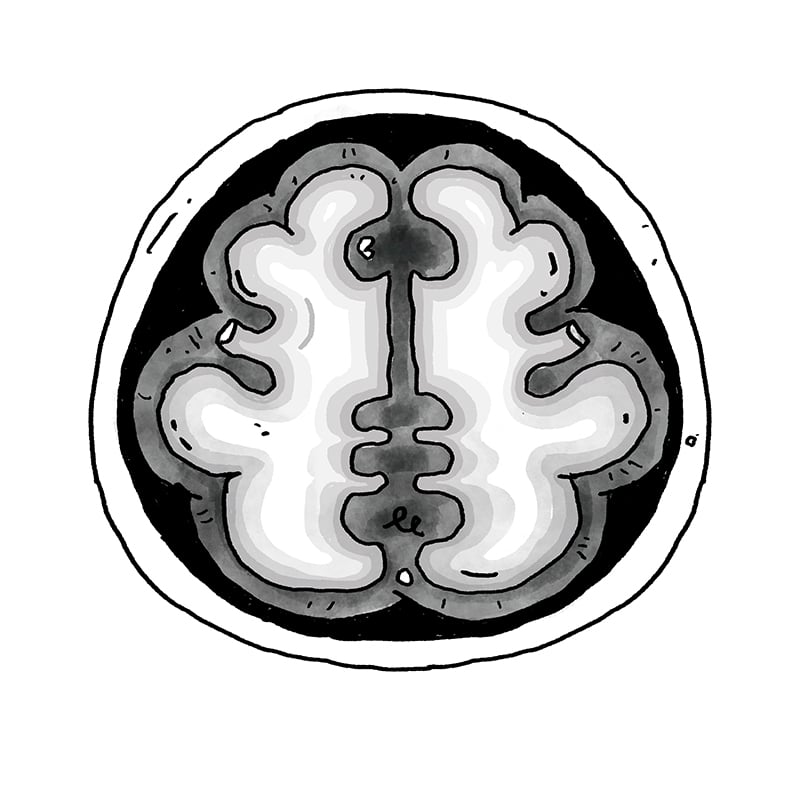
Scenario-based learning
Building real-world skills through simulation

What is scenario-based learning?
Think of scenario-based learning as your personal training ground for life’s curveballs. It’s not about textbook theories or endless slides.
You’re thrown into lifelike scenarios that demand real decisions—decisions that could lead to success, failure, or something in between.
You become an active player, not just a note-taker. It’s your interactive sandbox for testing your problem-solving mojo and soaking up useful skills that’ll serve you in the real world.

Types of scenario-based learning
Based on situated learning theory, scenario-based learning uses authentic context to enable learners to experiment and progress in a safe space. Strategies include the following:
- Branching scenarios: Remember those Choose Your Own Adventure books? Well, this is the grown-up, professional version. You’re presented with a dilemma and, just like that, multiple pathways appear before you. The cool bit? Each choice you make alters the story’s direction, leading to a variety of outcomes. It’s a dynamic learning labyrinth where each twist and turn holds a new lesson.
- Storytelling scenarios: Step into the shoes of a protagonist in an unfolding drama where the stakes are your real-world skills and knowledge. You’re not just listening to a story; you’re living it. You make the choices that drive the narrative. The kicker? You end up seeing issues from diverse angles, cultivating a nuanced understanding and greater empathy.
- Problem-based scenarios: Think of these as bootcamp for your brain, where every problem is a mental obstacle course. No shortcuts. No cheat codes. You’re confronted with a challenge that won’t solve itself. Time to channel your inner detective, get your hands dirty, and apply that hard-earned knowledge to crack the code.

Why scenario-based learning works
It’s engaging. We’ve all felt that mid-lecture drowsiness. That won’t happen here. Scenario-based learning keeps you on your toes, acting more like a video game than a classroom. You get tossed into genuine dilemmas that demand your full attention. It’s the ultimate fix for the hands-on learner.
It’s memorable. Say adios to last-minute cramming and the inevitable forgetting curve. With scenario-based learning, your brain naturally retains info because you’re applying it in real-time. You’re essentially etching these lessons onto your cerebral cortex.
It builds critical skills. This isn’t about memorising dates or definitions. It’s complex problem-solving that forces you to think, evaluate, and decide. It’s the gym for your brain where each problem is a different type of mental weight, and you’re training all sorts of cognitive muscles.

Tips for designing effective scenario-based learning
- Stay authentic: The closer the scenario is to real-world challenges, the more it’ll resonate. Authenticity is key to making learning stick.
- Quick, relevant feedback: Forget generic comments. Specific, timely feedback gives learners an invaluable roadmap for improvement. It should be quick, spot-on, and actionable.
- Keep it clean: Simplicity doesn’t mean dumbing it down. It means delivering complex ideas in a digestible way. Keep your focus tight and aim your learners’ sights on the key takeaways.
- Multimedia enrichment: A dash of multimedia—videos, images, audio clips—can transform a good scenario into an unforgettable learning experience. They add texture, depth, and that extra oomph to fully engage the learner.
How we can help
Scenario-based learning is a versatile tool for building practical skills. It amps up engagement levels, hones critical thinking, and makes learning a genuinely useful endeavour.
By bringing together expertise in building digital tools, creating appealing visuals and delivering successful learning e-experiences, we can help you make the most of this strategy.
Mix scenario-based learning into your training arsenal, and you’re brewing a winning recipe for real-world readiness.

